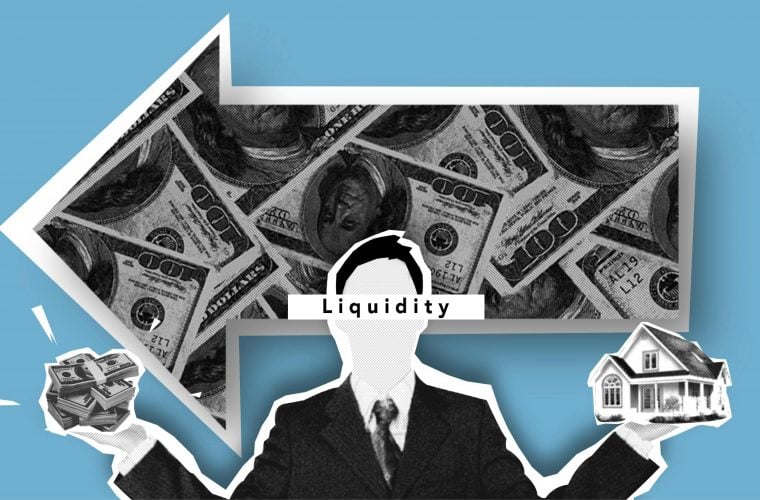
How Retailers Can Keep Up with Modern Consumers: A Q&A with Retail Expert Chris Petersen
How are consumers of today different from those in the past?
That’s a great overview of what’s changed. Now could you tell us about consumer habits or expectations that have stayed the same?
What are the things retailers can do to cater to modern consumers?
In terms of offline retail, what can retailers do to convert and engage customers in-store?
Want more retail insights?
If you’re looking for more insights on the changes surrounding consumers and retailers, Chris will be hosting Vend’s upcoming Retail Success webinar, The Great Retail Disruption — Omnichannel is the New Normal at 1:00pm PDT / 4:00pm EDT on May 20. It’s free for anyone to attend, simply register your interest here.
Chris Petersen, PhD, CEO of Integrated Marketing Solutions, is a strategic consultant who specializes in retail strategy, customer experience, and retail metrics. He has built a legacy working with Fortune 500 companies to achieve measurable results in improving their performance and partnerships.
Photo Credit: Vend POS with permission to use.














